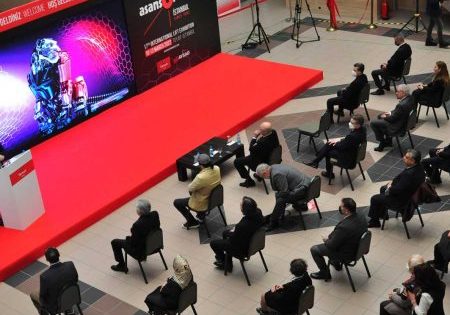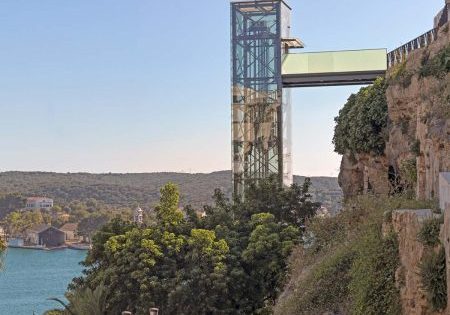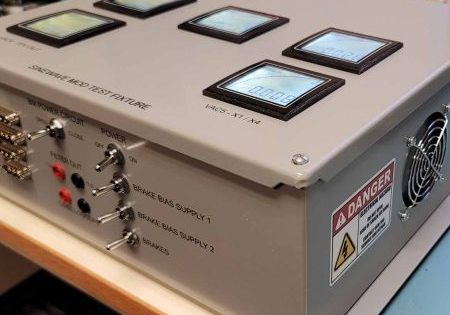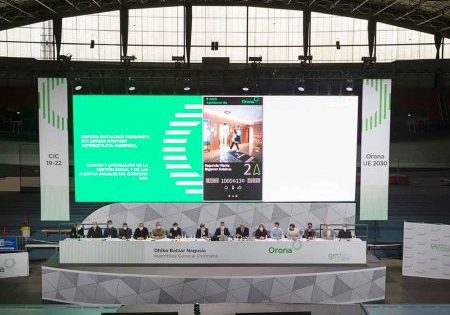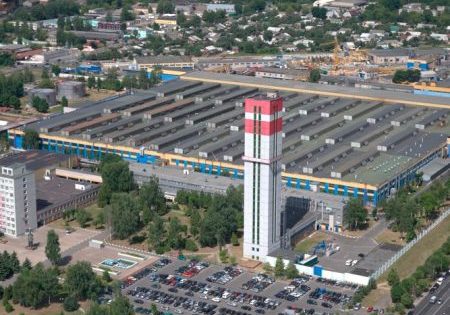A Brave, Smart New World
Jun 13, 2022
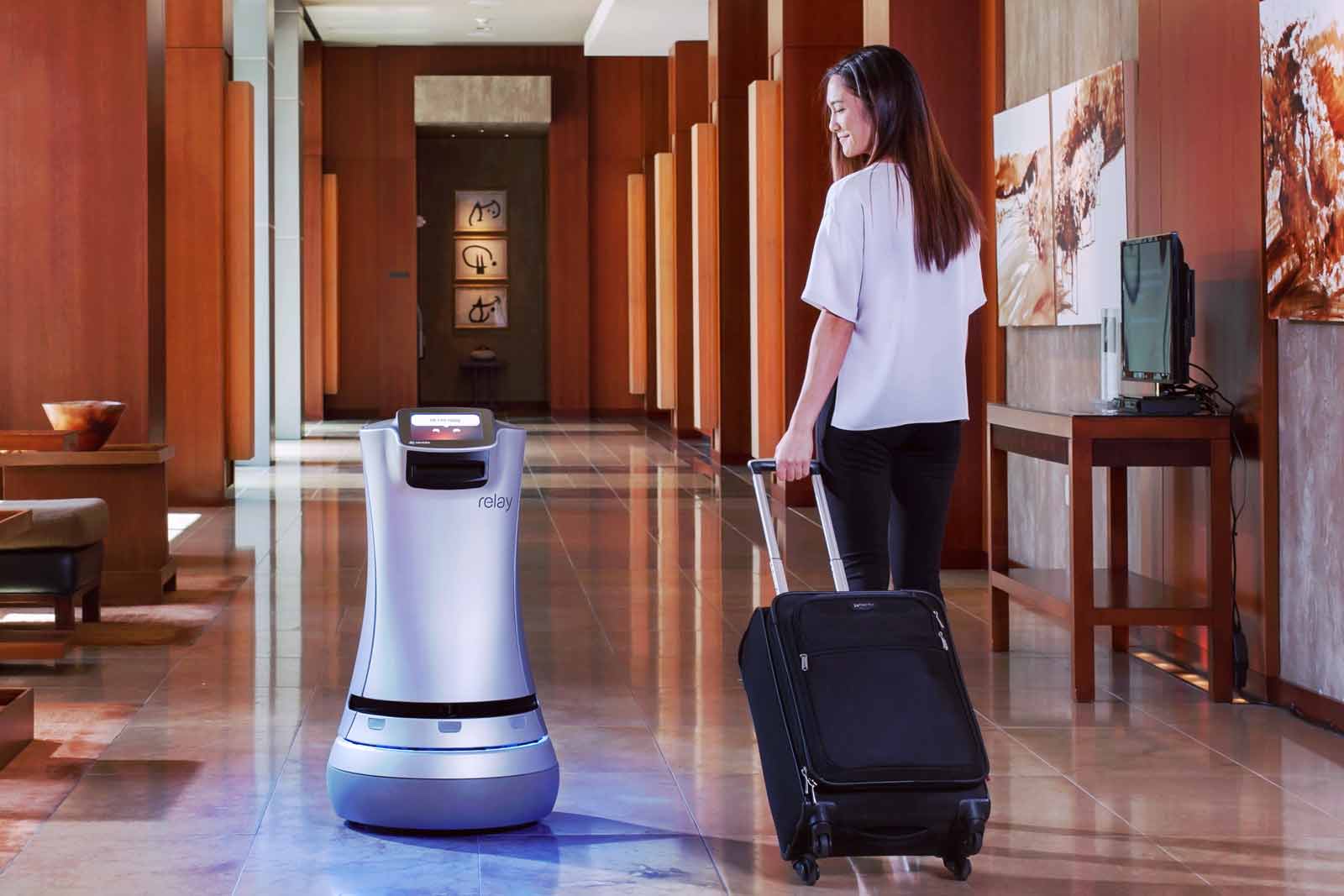
Otis and the service robot boom.
by Neil Green
When I envision smart cities of the future, I imagine an environment where urban mobility is seamless, sustainable and personalized through connected digital ecosystems. One way we are seeing this come to life now is through increased use of service robots. They deliver packages, carry food to restaurant tables and hotel rooms and strengthen security patrols in office buildings and warehouses. Service robots are increasingly being integrated into the buildings where we all live and work.
And business is booming. According to a Forrester report, in 2022 35% of service companies in North America will introduce these physical robot workers. That’s not even mentioning what we’re seeing in Asia, where adoption of robots is accelerating even faster.
These robots are enhancing customer experiences and improving productivity for employees by freeing them up for higher value-added activities. And in any building with more than one floor, they’ll have to ride the elevator to be truly independent. In fact, when a building is looking to introduce a robot into its daily operations, the elevator provider is one of the first engaged to collaborate on its autonomous mobility. This gives Otis a unique role in this rapidly expanding market, and opportunities to work with building managers and robot providers as they build relationships from the ground (floor) up, literally.
21st Century Approach Reinvigorates Decades-Old Technology
We’ve been connecting robots to our elevators for decades, using what is essentially a remote-control receiver that’s hardwired to the elevator controller, allowing it to be operated by a robot. This approach typically limits a robot’s connection to only one specific elevator, and often requires new hardware to be installed by an elevator technician as new robots are introduced to a building. It does the job, and for some buildings, that’s all that’s needed.
But in today’s digital world, buildings are adding robot fleets to get more done in different parts of their buildings — leasing multiple robots of the same kind, or different robots from different providers. Scaling up a robot workforce may also require scaling their coverage of the building, and one elevator for all robots may not be enough. To get the most out of these robots and elevators alike, we need a smarter way to connect robots with elevators. This is possible by leveraging the latest Internet of Things (IoT) technology and platforms.
Our Otis Integrated Dispatch™ application programming interface (API) is a more sophisticated solution that allows any robot to communicate with almost any Otis elevator via the cloud or a local connection. We’re working with customers around the world — from hotels in Japan to smart city developers in China to offices and warehouses across the U.S. — as they integrate robots into their daily operations.
We’re also connecting with a diverse and growing list of robot manufacturers, giving them access to our digital “sandbox” to integrate their robots with our API, working toward a future where building managers can add a robot to their fleet with confidence that it will work with their existing elevators out of the box. We’re designing our tech to support the scalability of this industry transformation.
Our API allows connected robots to work with a bank of elevators (rather than only one). If a robot’s primary elevator is busy with passengers, the robot can use another without interruption. This can also allow for traffic prioritization between human and robot passengers. For example, think of a scenario where a hall-cleaning robot intentionally waits until after the morning’s people traffic rush to move to the next floor, while simultaneously giving priority to a package-delivery robot carrying something critical for a meeting about to start.
A Future Where the Robot Holds the Elevator Door
Experts agree that if you haven’t yet, you will soon encounter service robots in your daily life. And it won’t be much longer until you’re actually riding an elevator with one.
I can see a future where a robot will politely hold the elevator door for you as you approach. It’s the IoT equivalent of pressing the door-open button while other passengers step in. This is also an example of the symbiotic relationship among people, service robots and elevator systems that is necessary to achieve the seamless, sustainable and personalized future we imagine — one where elevator dispatching knows and balances the needs of each passenger, whether human or robot.
This robot transformation is still in its early stages, with new entrants innovating every day. Visit our Otis Integrated Dispatch page (just Google “Otis Integrated Dispatch”) to learn more about how Otis is engaging in and shaping this space as we give people — and robots — the freedom to connect and thrive in a smarter, more connected world.
Get more of Elevator World. Sign up for our free e-newsletter.



